Herb gardens are a fantastic way to enhance your home and cooking experience, whether you have a large backyard or just a small windowsill. There’s something truly special about growing your own fresh herbs, offering not only a satisfying hobby but also a way to elevate your meals with vibrant, flavorful ingredients. Whether you’re just starting out or looking to expand your garden, the possibilities are endless. Explore these 25 herb garden ideas, each with its own unique twist, to find the perfect way to incorporate fresh herbs into your life.
1. Indoor Herb Garden for Small Spaces
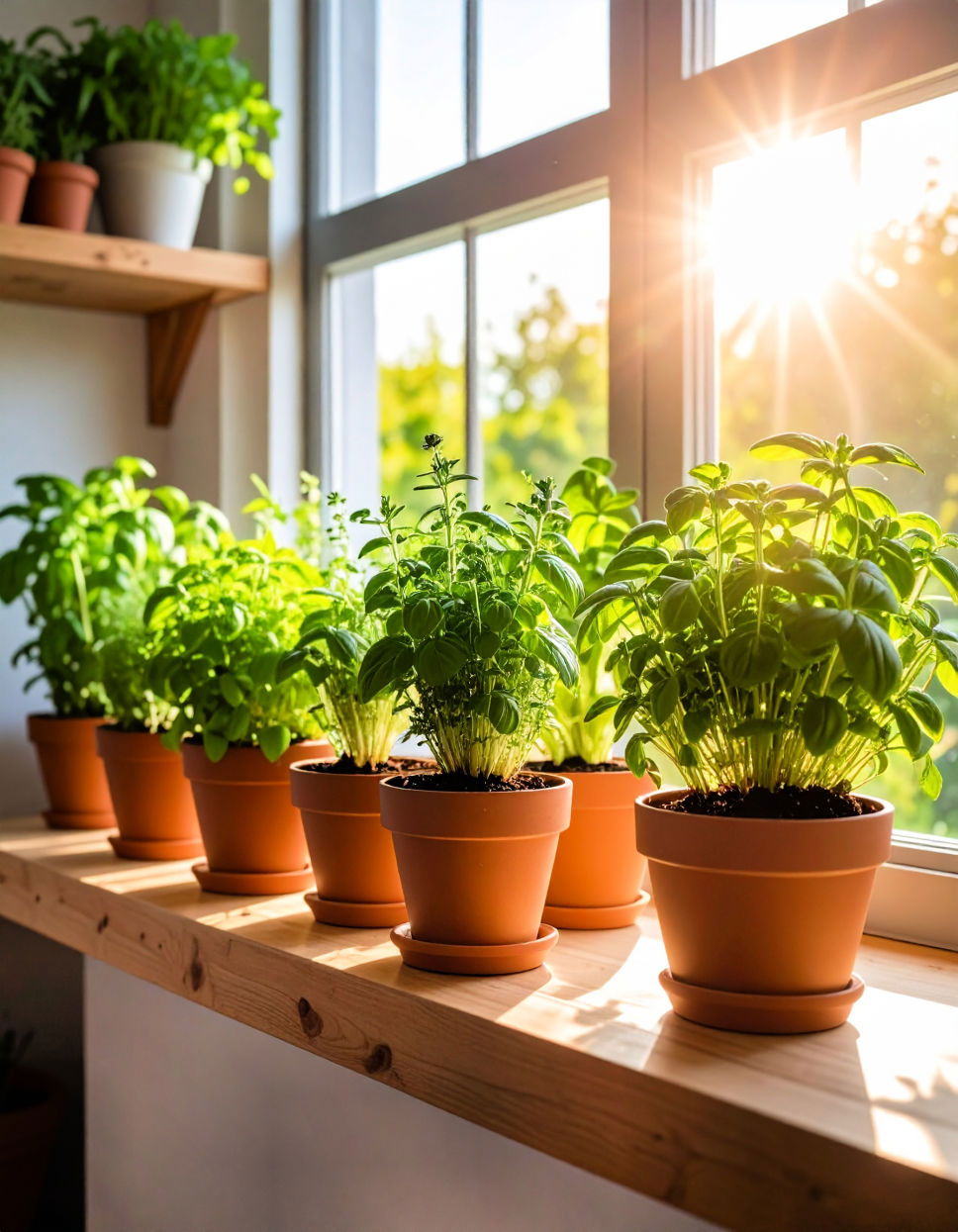
A small indoor herb garden can thrive in even the tightest spaces. Whether it's on a kitchen windowsill or a shelf near a sunny window, herbs like basil, mint, and thyme can flourish indoors with minimal effort. This idea is perfect for those who live in apartments or simply don’t have a backyard. With a little light and care, you’ll always have fresh herbs within reach to enhance your meals.
2. Vertical Herb Garden for Limited Space
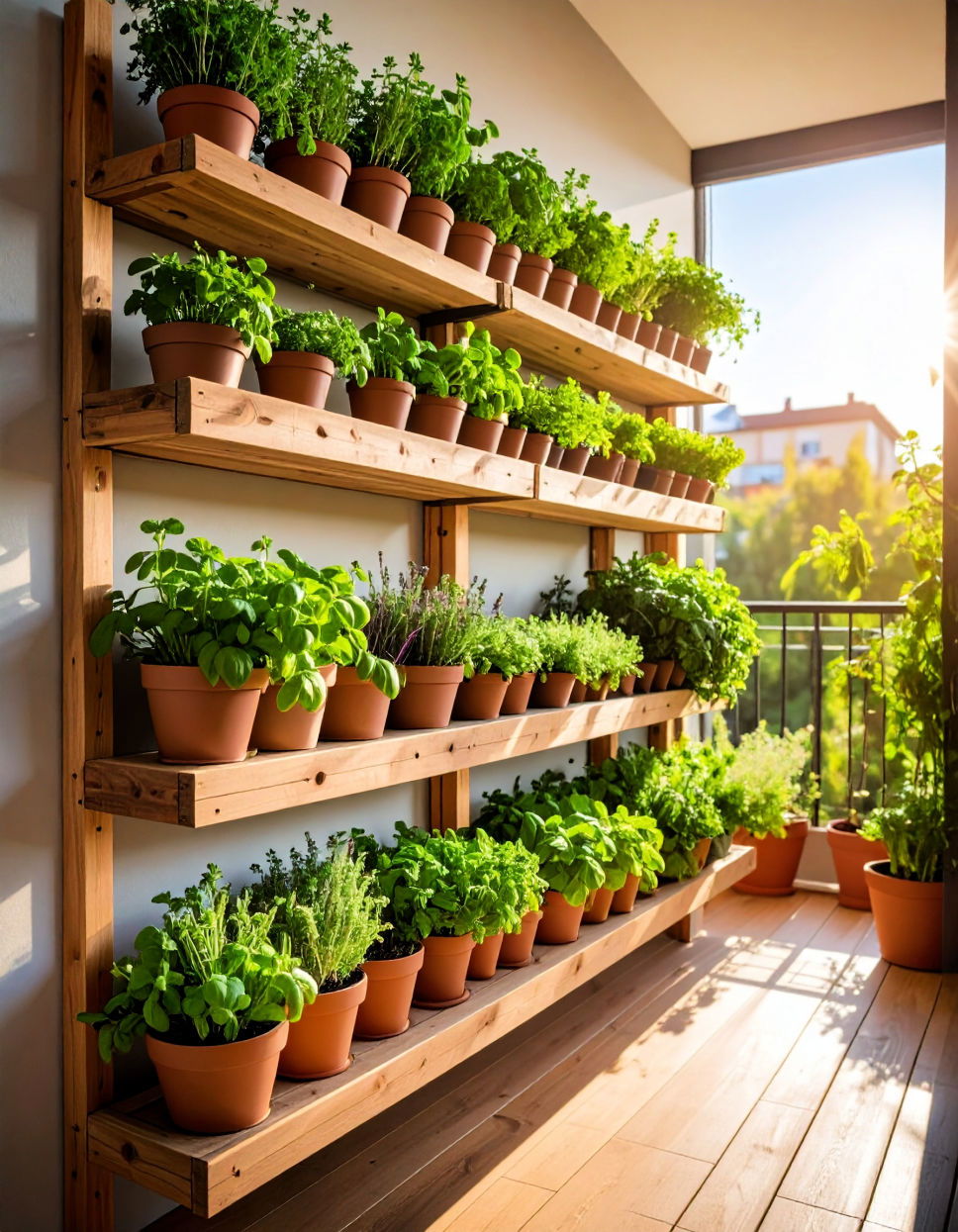
If you’re short on space but still want a vibrant herb garden, consider a vertical garden. By using stacked pots or wall-mounted shelves, you can create a living herb wall that doesn’t take up much space at all. This setup allows you to grow multiple herbs such as oregano, parsley, and rosemary, all while saving room in your garden or balcony. It’s a practical and stylish solution for urban dwellers.
3. Herb Garden in Raised Beds
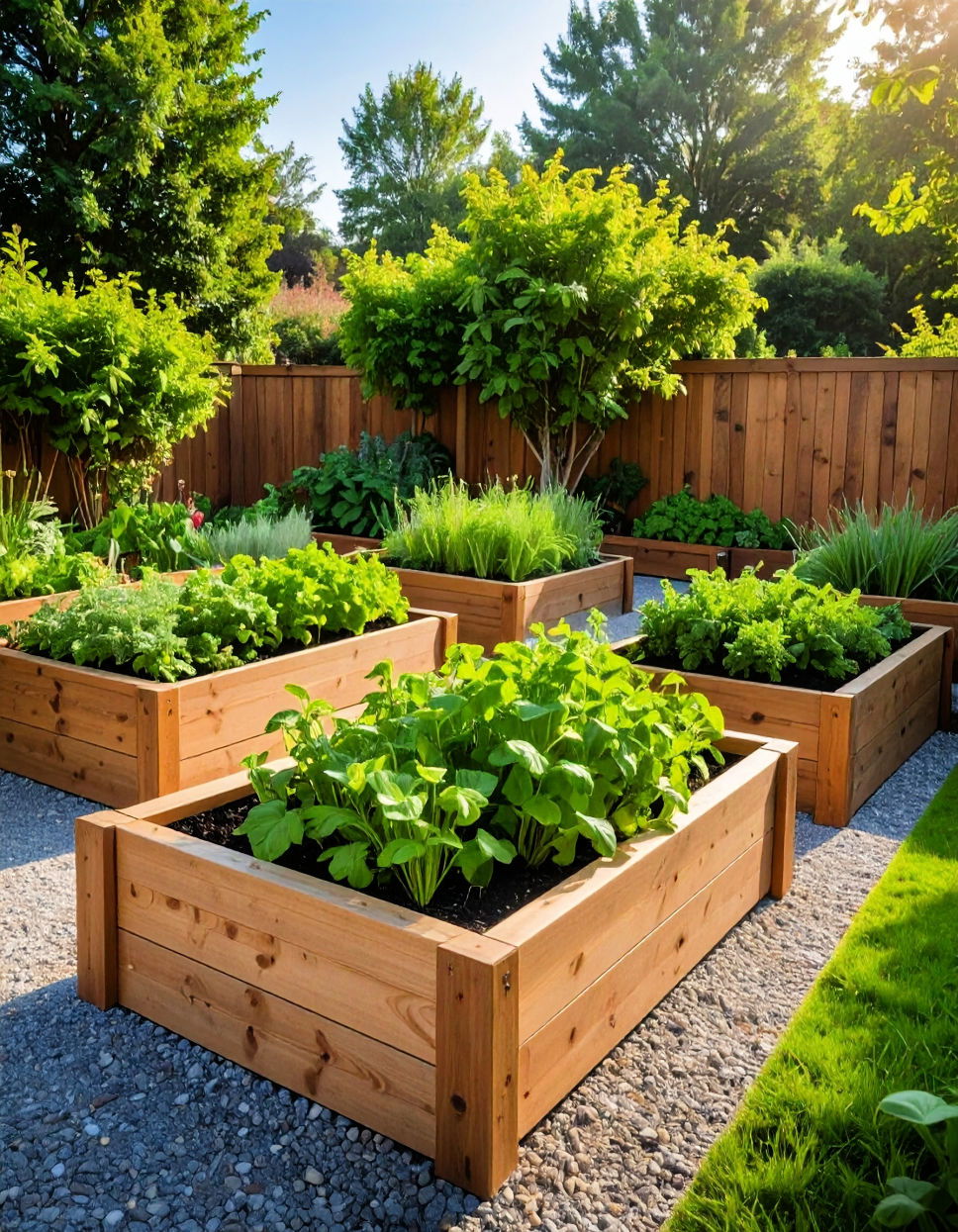
Raised beds are a fantastic way to give your herb garden a defined and organized structure. These elevated boxes keep the soil loose and well-drained, providing the perfect environment for herbs like cilantro and dill. A raised bed also reduces the need for bending over, making gardening easier on your back. Plus, they add a clean, neat look to your garden.
4. Herb Garden in Containers
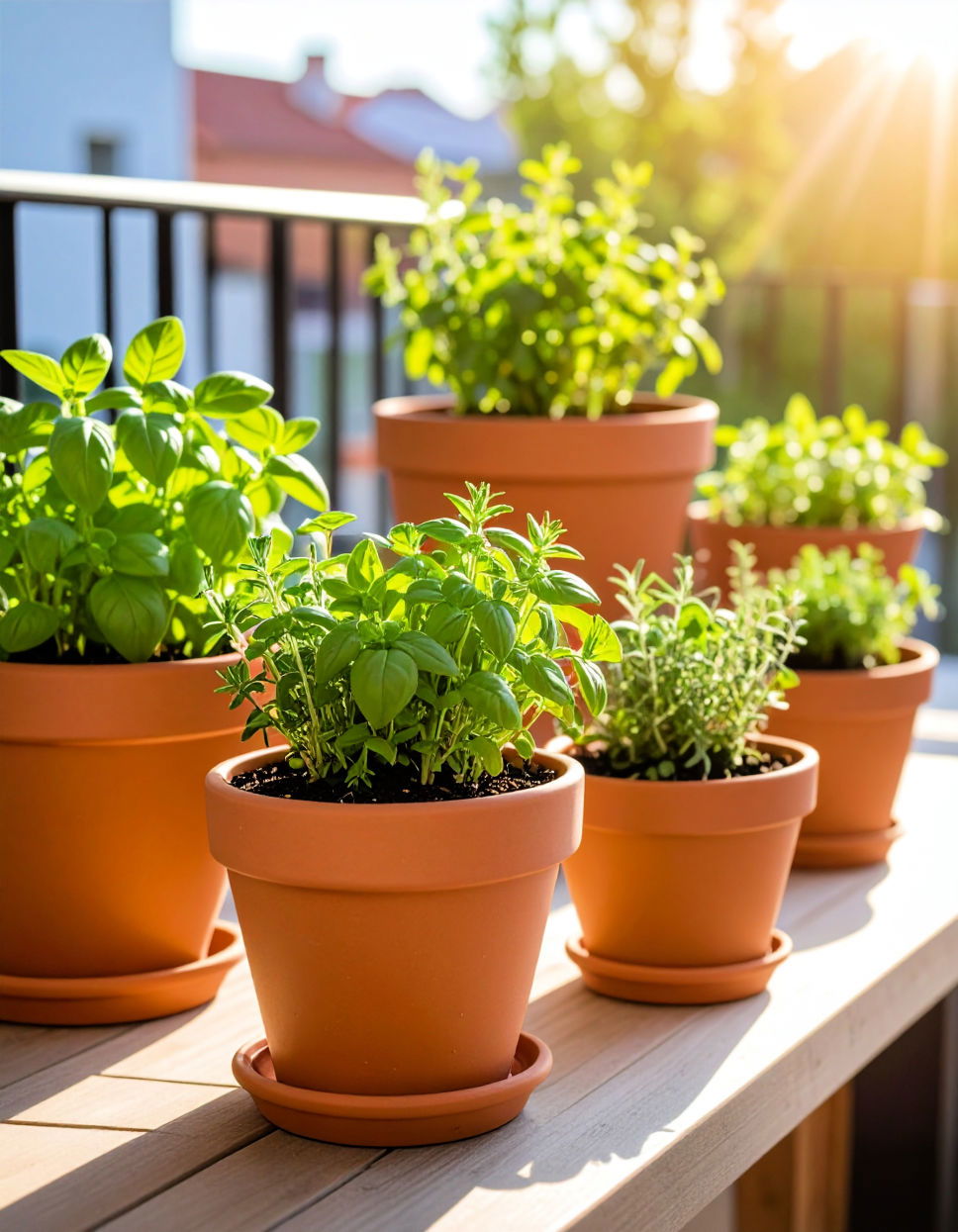
Container gardening offers a flexible way to grow herbs without committing to a full garden plot. You can place containers on patios, balconies, or even windowsills. Using various sizes and types of pots, you can grow herbs such as basil, thyme, and sage. Plus, you can move the containers around to ensure they receive the best sunlight, which is crucial for their growth.
5. Kitchen Counter Herb Garden
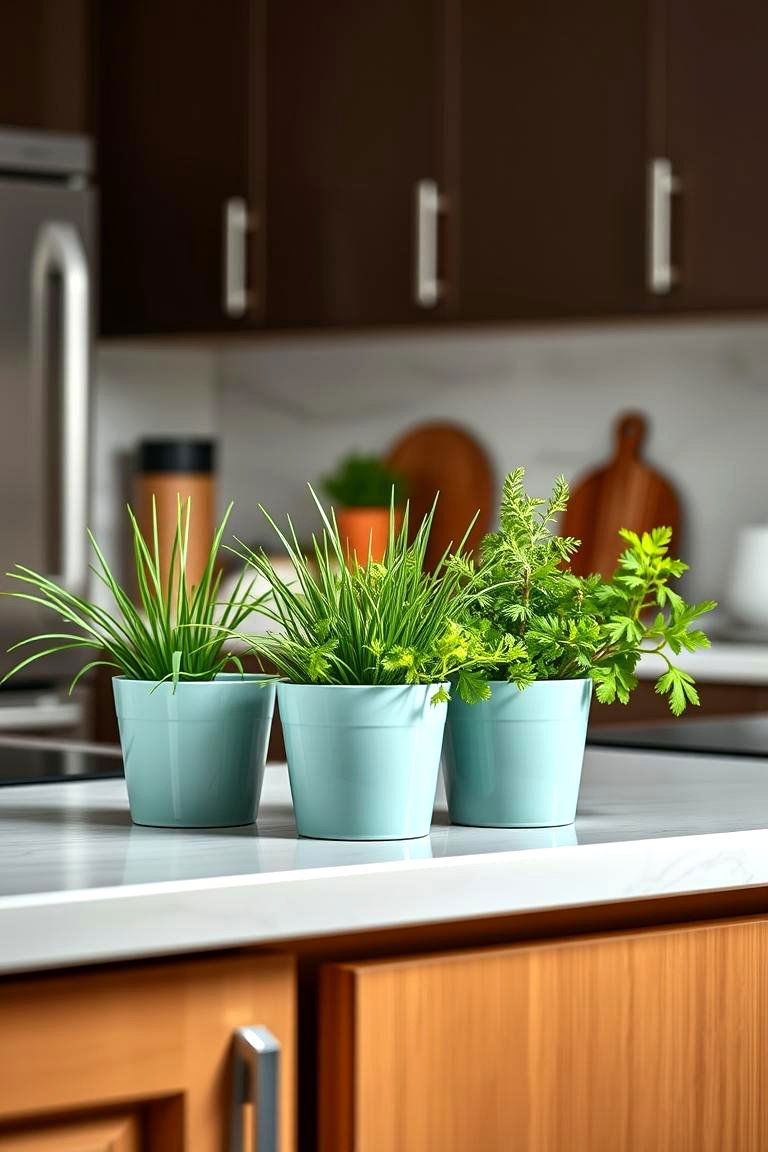
If you love cooking, having a kitchen herb garden right on your counter is a game-changer. You can use small pots to grow herbs like chives, parsley, or thyme and keep them within easy reach for when you’re preparing meals. Not only is it convenient, but it also brings a bit of greenery and life into your kitchen, enhancing the ambiance while you cook.
6. Herb Garden in a Window Box
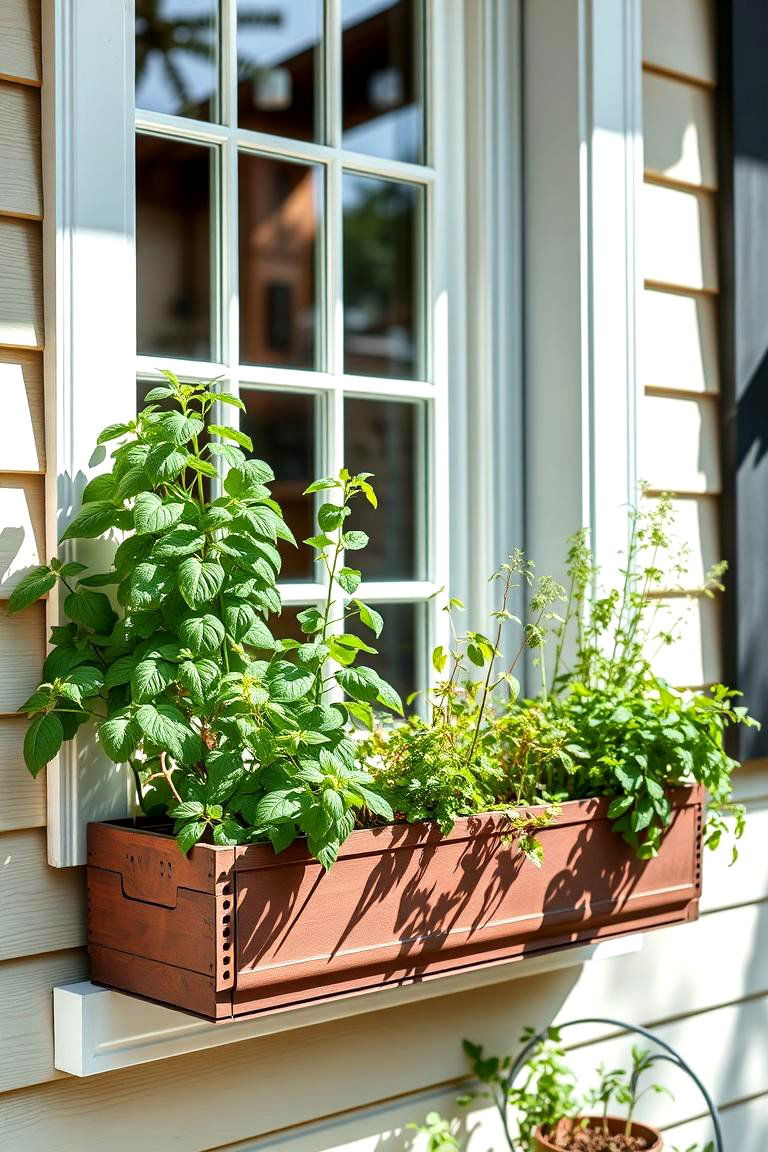
A window box is an excellent way to bring fresh herbs into your home without taking up too much space. Whether mounted outside your kitchen window or positioned on a balcony, a window box filled with herbs like basil, cilantro, and oregano can make a stunning addition to your home’s exterior. These low-maintenance plants thrive in the sunny spots offered by windowsills.
7. Herb Garden with a Mediterranean Theme
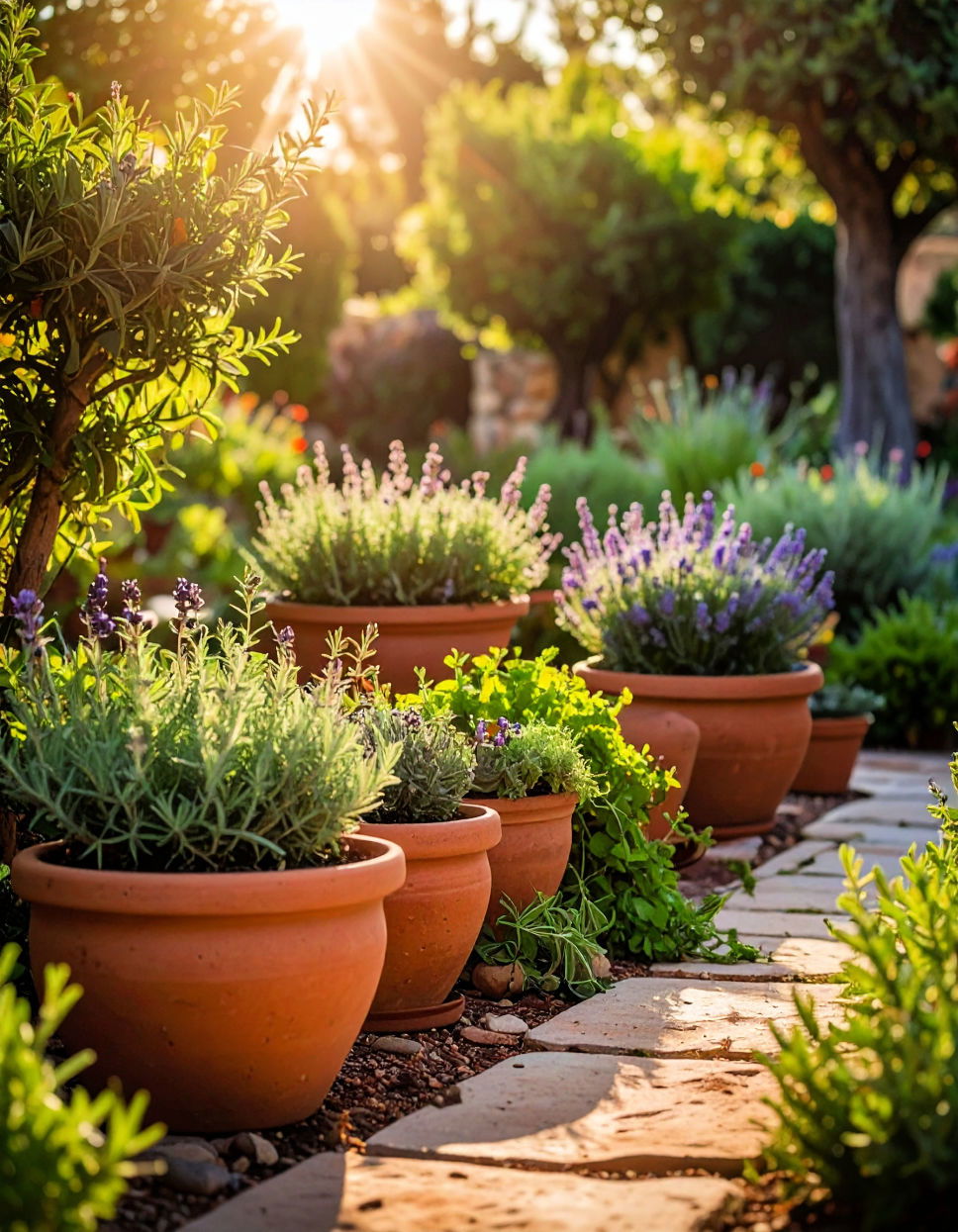
A Mediterranean herb garden brings warmth and flavor to your space. Think rosemary, lavender, oregano, and thyme—herbs that thrive in hot, sunny climates. These herbs not only add incredible fragrance and flavor to your dishes but also create a beautiful, rustic vibe. Planting them in terracotta pots or alongside stone walkways completes the Mediterranean charm.
8. Herb Spiral Garden
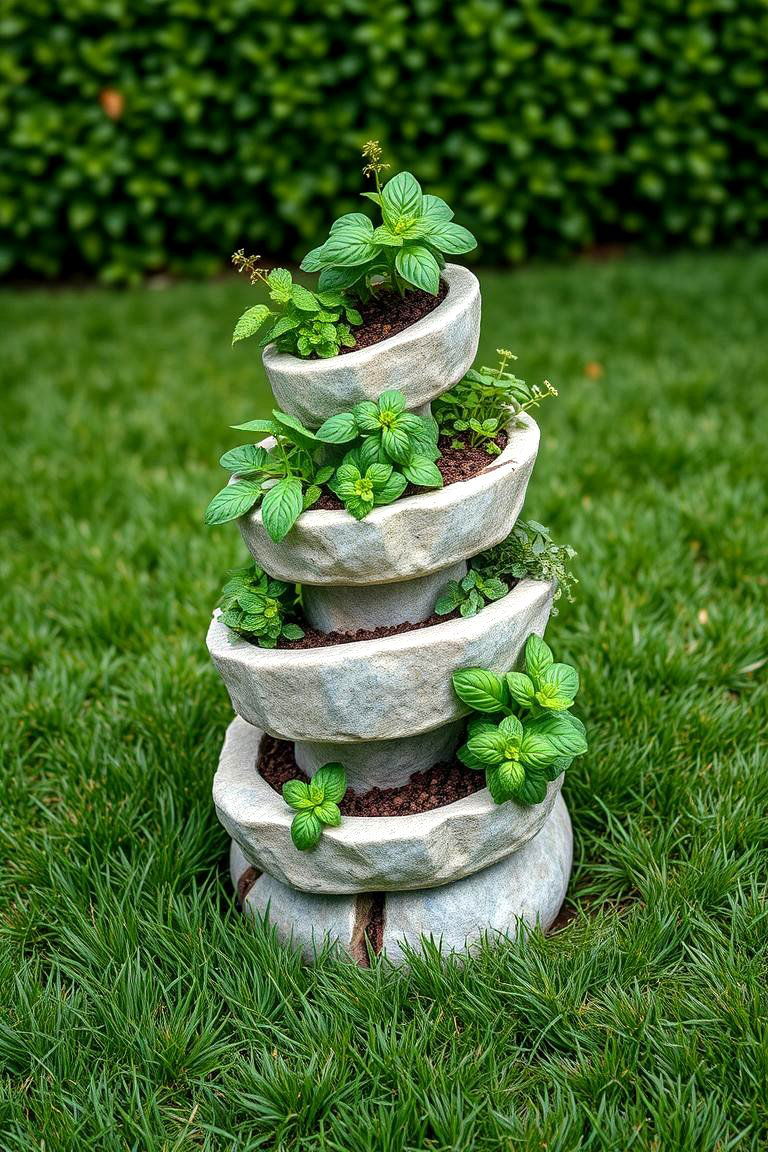
An herb spiral is a creative and space-efficient way to grow a variety of herbs. This design involves a spiral-shaped garden that allows you to plant different herbs at varying heights and positions, depending on their sunlight and water needs. A herb spiral can house basil, mint, rosemary, and many more, and it becomes a beautiful centerpiece in your garden.
9. Herb Garden with Pollinator-Friendly Plants
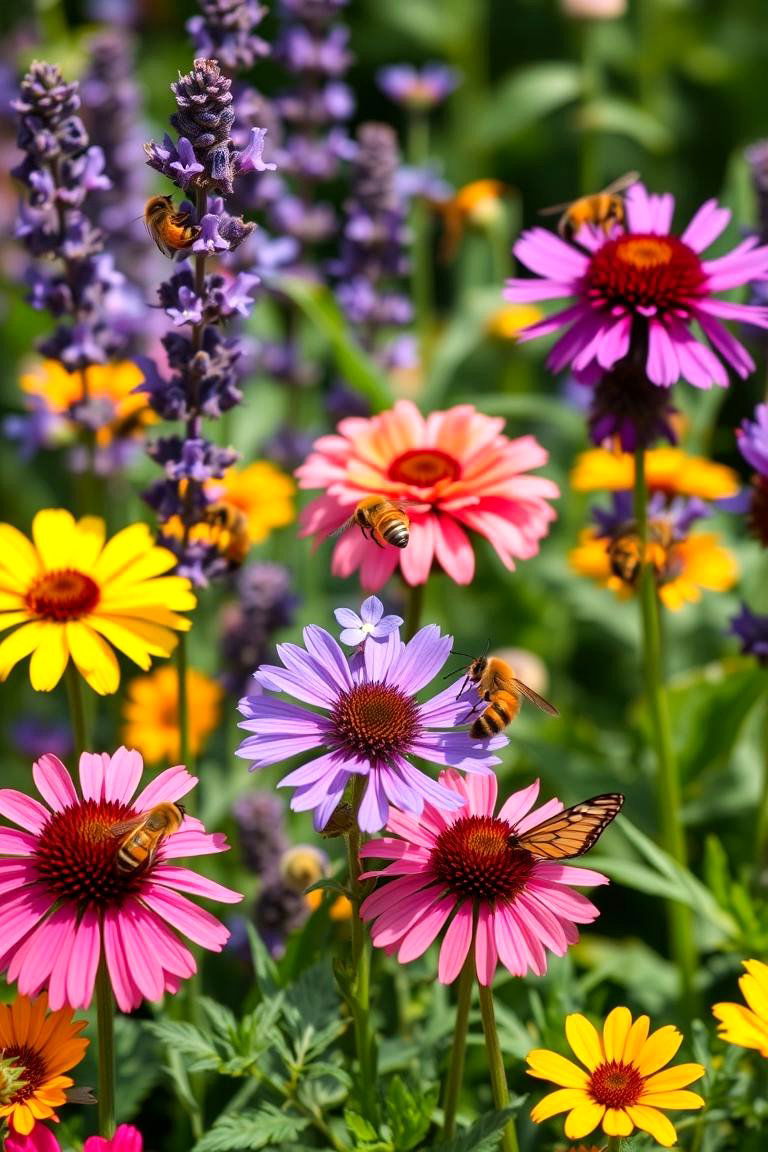
Incorporating pollinator-friendly plants into your herb garden benefits not just your herbs but also the local ecosystem. Flowers like lavender, bee balm, and borage attract bees and butterflies, which in turn help with the pollination of your herbs. This creates a thriving, sustainable garden that contributes positively to biodiversity.
10. Hydroponic Herb Garden
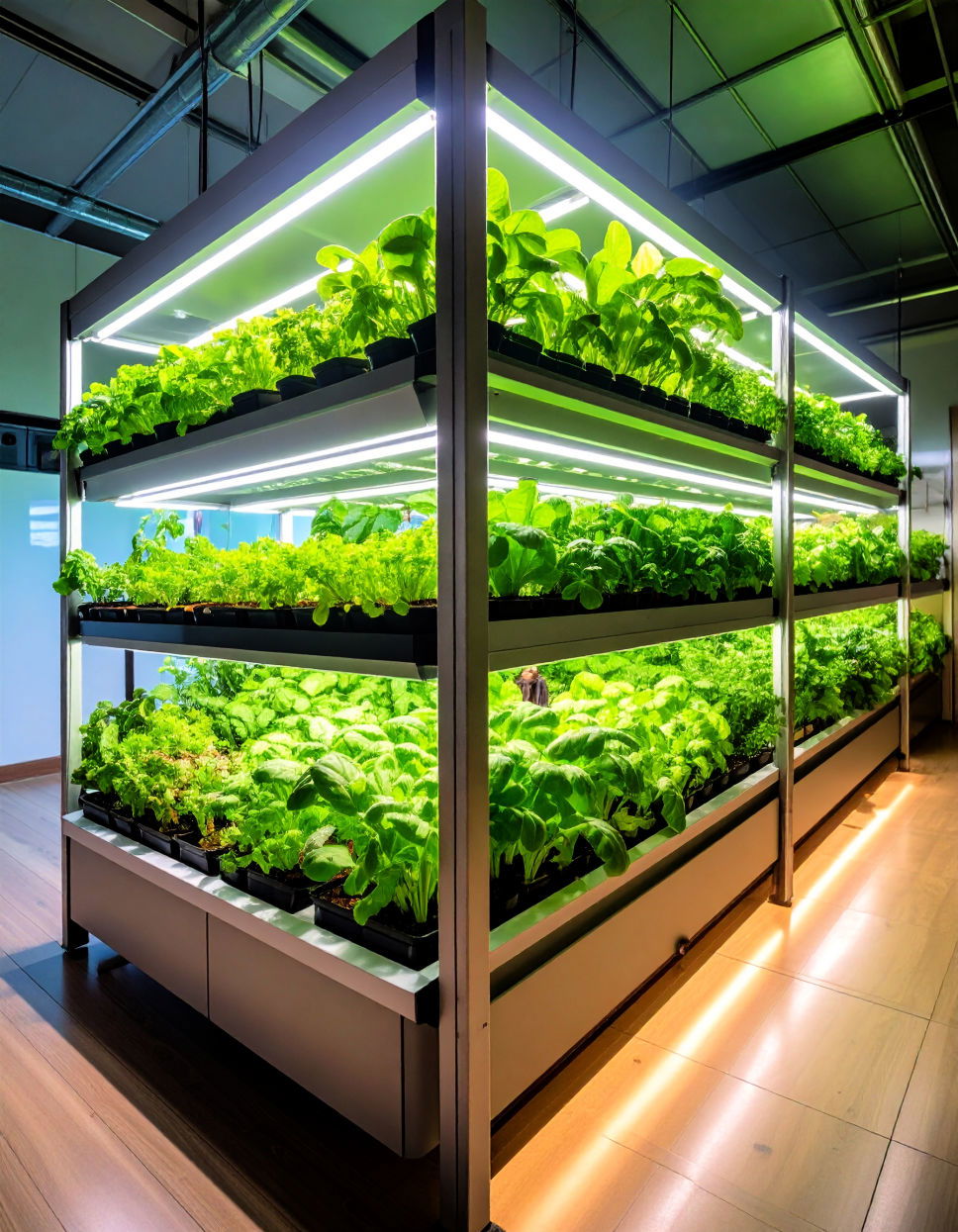
For those with limited space or a desire for an innovative gardening method, a hydroponic herb garden can be an excellent solution. This soil-free growing technique uses water and nutrients to nourish herbs like basil, mint, and parsley. With hydroponics, you can grow herbs indoors year-round, providing fresh ingredients regardless of the weather outside.
11. Herb Garden for Healing and Wellness
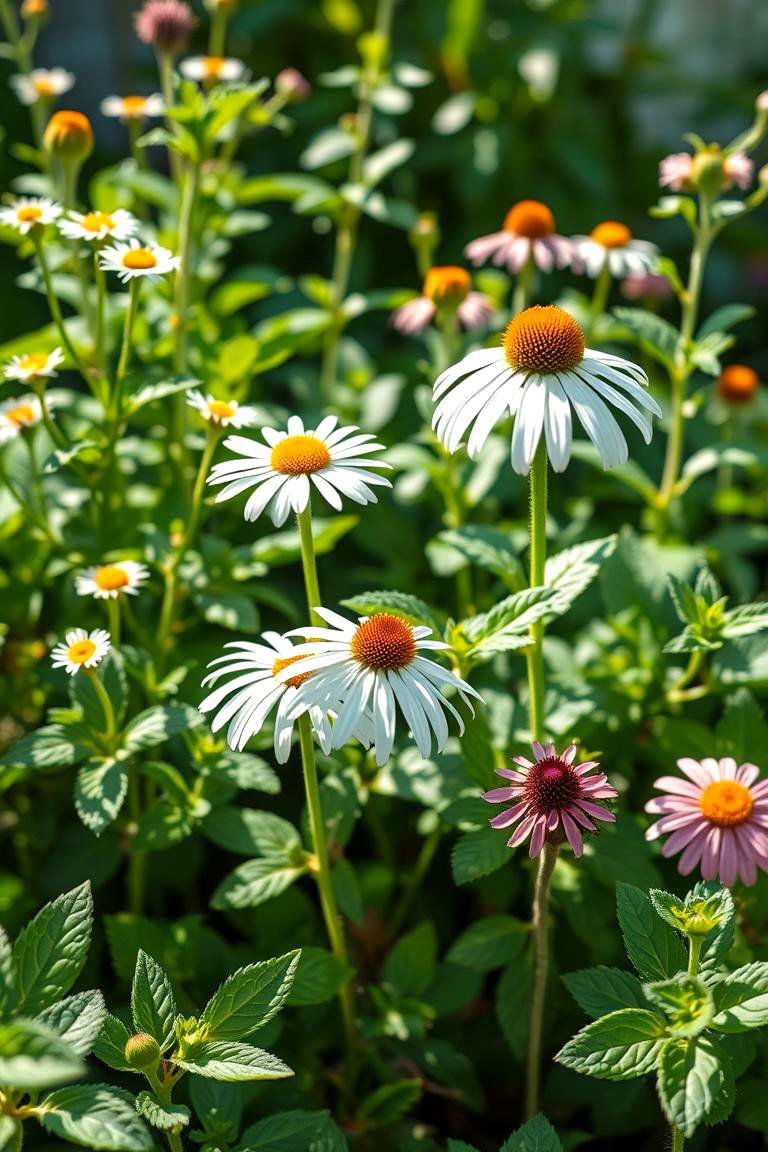
Certain herbs are known for their medicinal properties and can be used for natural remedies. Planting herbs like chamomile, peppermint, and echinacea not only beautifies your garden but also supports your wellness routine. Whether you’re making soothing teas, tinctures, or just enjoying the therapeutic aroma, a healing herb garden can contribute to your physical and mental well-being.
12. Herb Garden in a Greenhouse
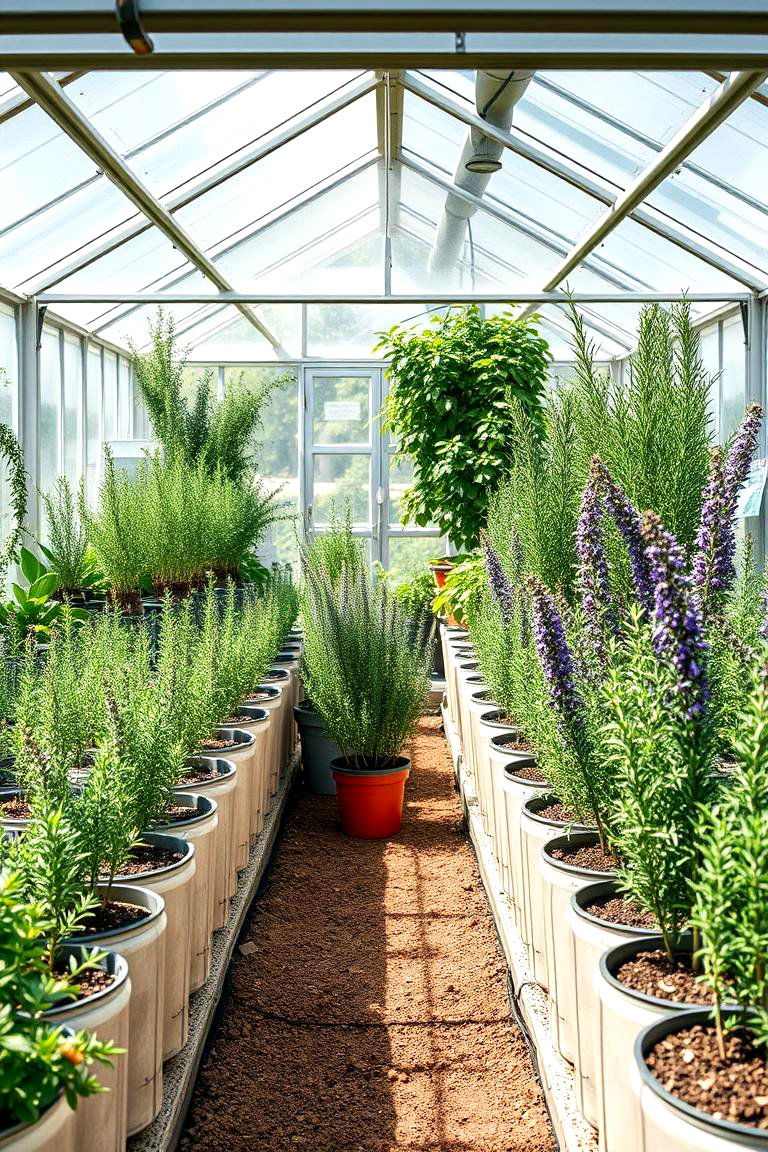
A greenhouse is the ideal environment for growing herbs year-round, protecting them from the elements and allowing them to thrive in a controlled climate. Whether you grow culinary herbs like thyme and rosemary or medicinal herbs like lavender and echinacea, a greenhouse extends your gardening season and ensures a steady supply of fresh herbs.
13. Herb Garden in a Hanging Basket
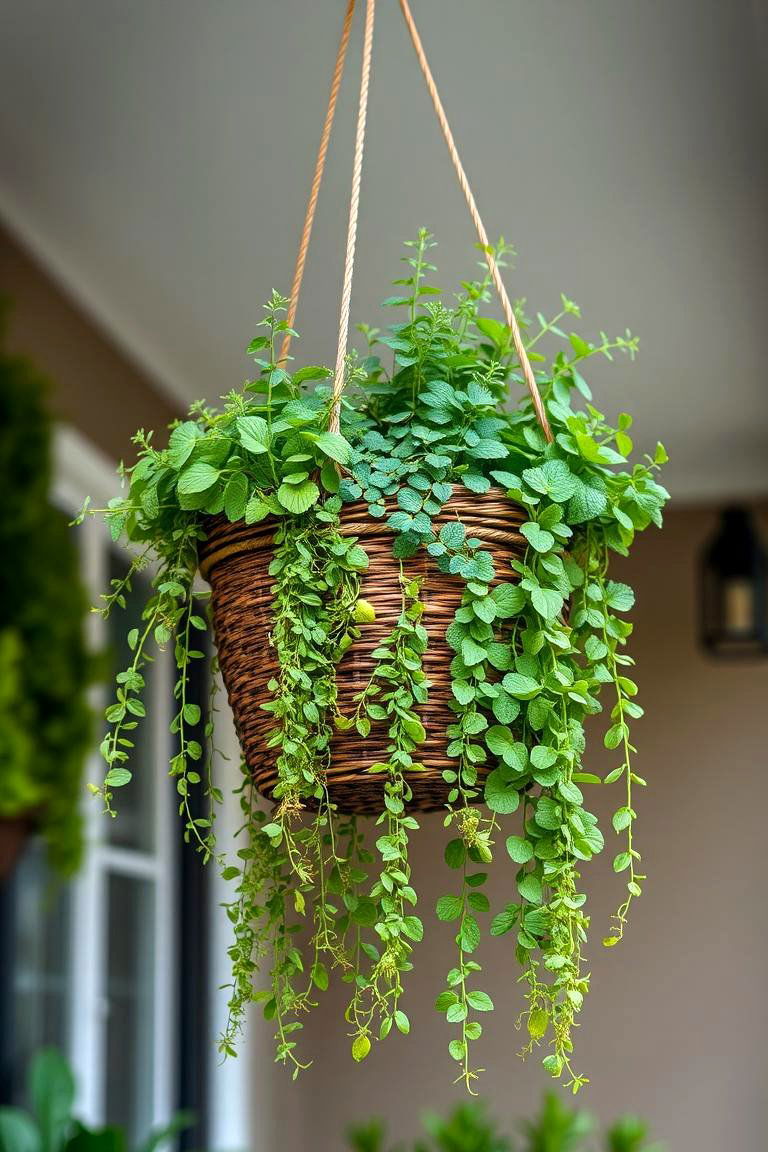
Hanging baskets are an excellent way to grow trailing herbs like thyme or mint without them taking up precious space. This vertical option can be placed in a sunny spot on your balcony, porch, or even in your kitchen. It’s a functional and attractive way to add greenery to your home while keeping herbs within easy reach.
14. Aromatic Herb Garden for Your Home
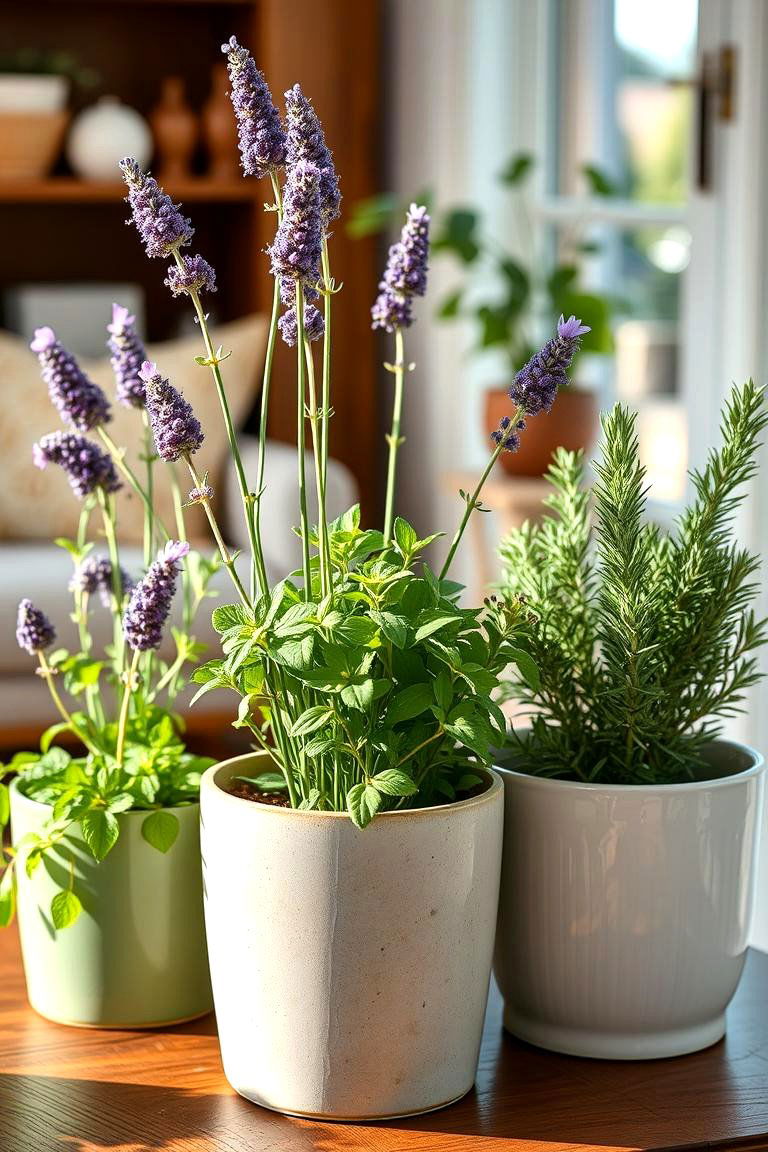
Aromatic herbs such as lavender, mint, and rosemary are perfect for growing in containers and placing around your home. Not only do they freshen up the air, but they also add beauty and fragrance. These herbs are particularly useful for creating a calming atmosphere, whether you use them in sachets, oils, or simply enjoy their natural scent.
15. Herb Garden for Kids
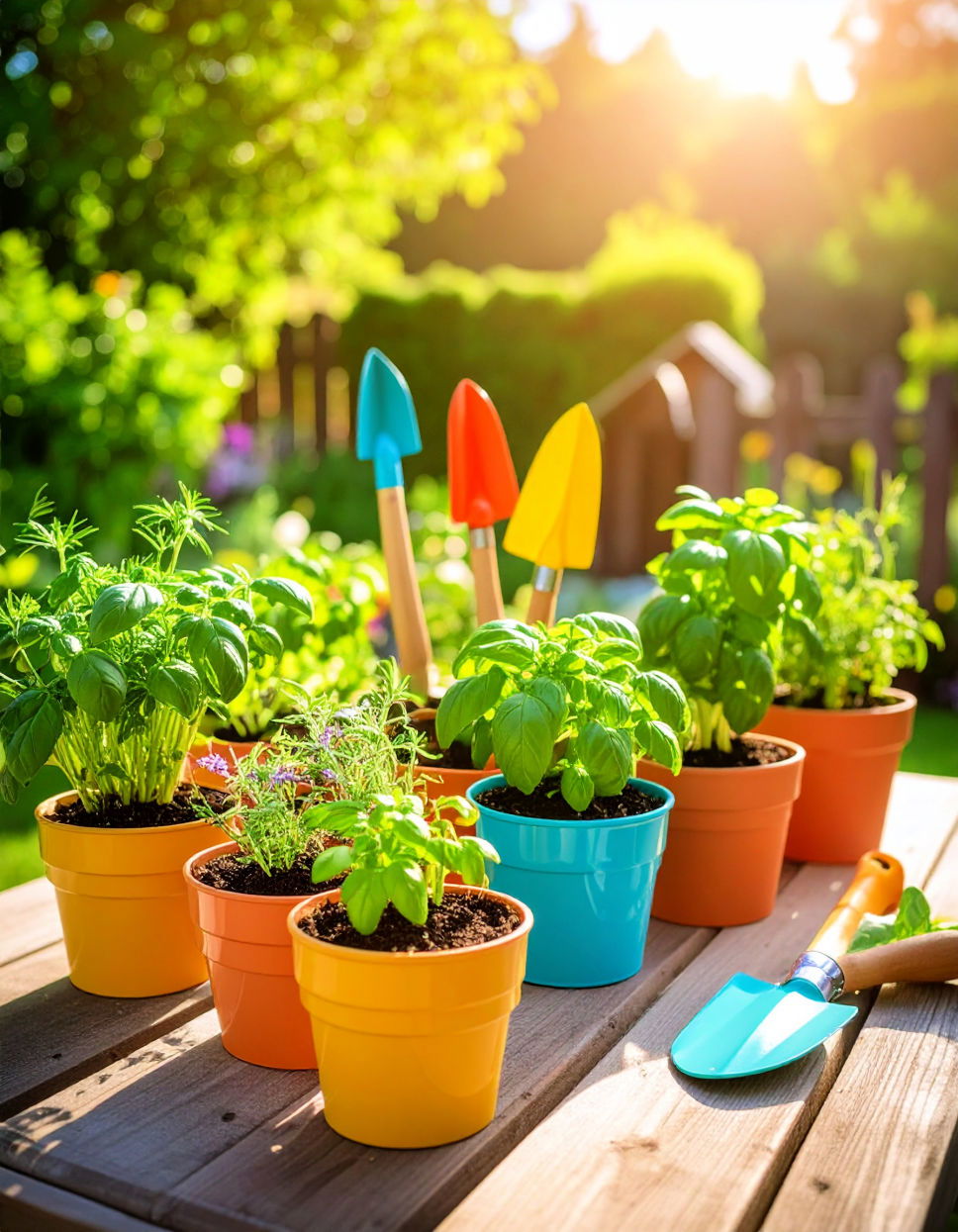
Introduce children to the joys of gardening with an herb garden designed just for them. Herbs like basil, dill, and parsley are easy to grow and can be a great hands-on project for kids. Not only will they learn about how plants grow, but they can also harvest the herbs to use in their cooking, making it an educational and fun experience.
16. Herb Garden for Cocktails
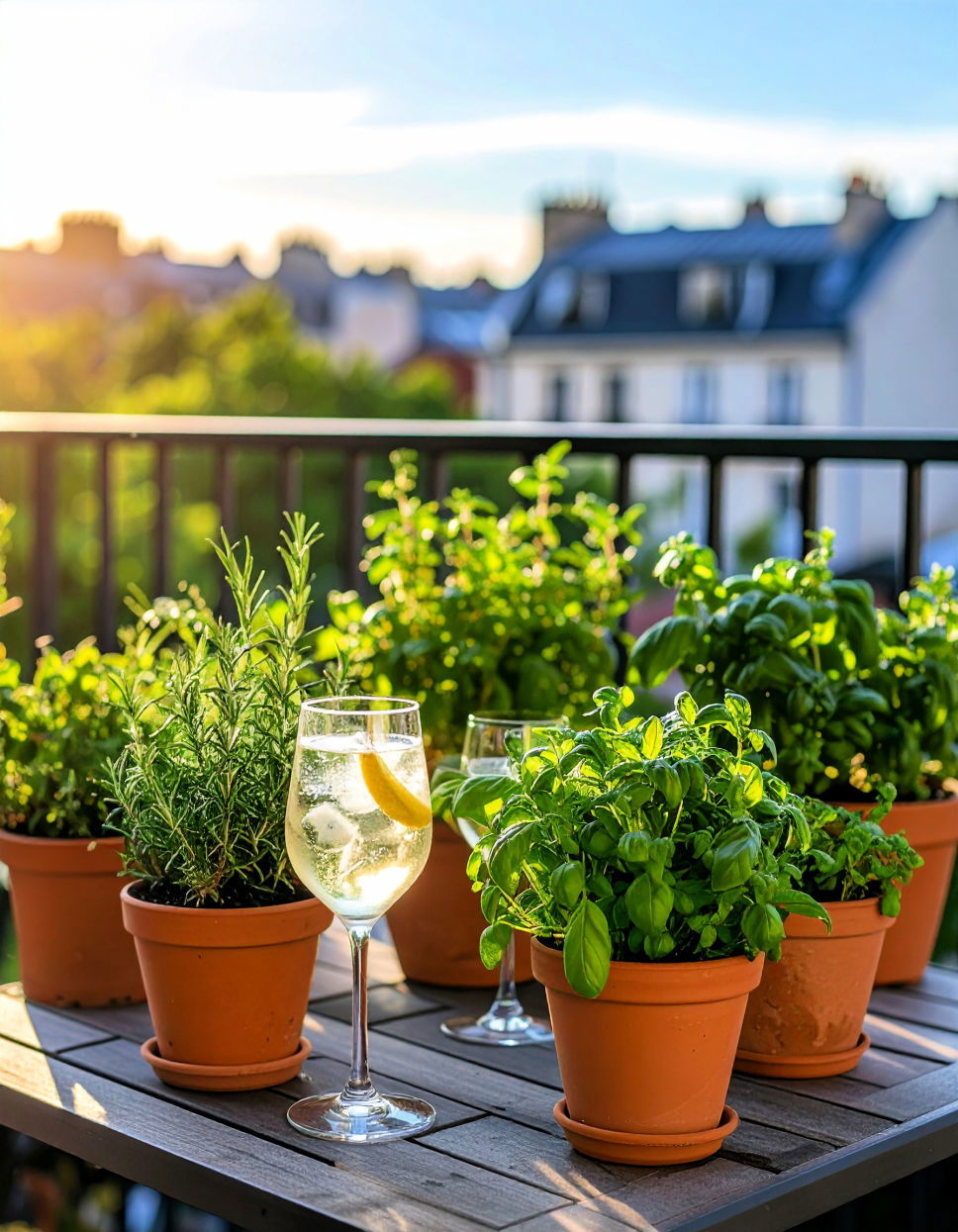
Herbs aren’t just for cooking; they can be a fantastic addition to cocktails too! Growing herbs like mint, basil, and rosemary offers the perfect fresh ingredients for crafting delicious drinks. Whether it’s for a mojito or a herb-infused gin and tonic, an herb garden dedicated to cocktail garnishes will make your summer parties extra special.
17. Herb Garden for Tea Lovers
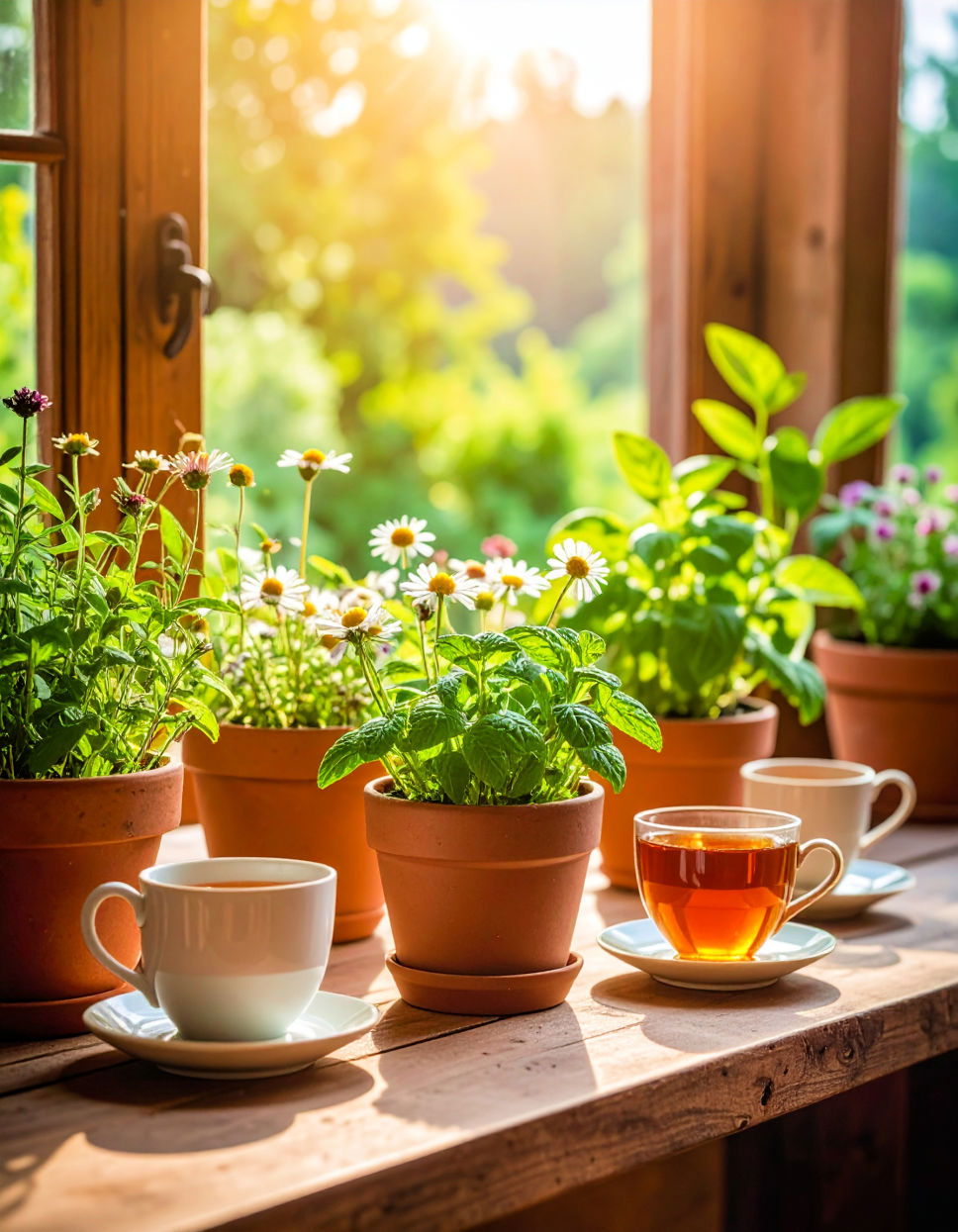
If you’re a fan of herbal teas, why not grow your own? Herbs like chamomile, mint, and lemon balm are perfect for making soothing and refreshing teas. Planting a dedicated tea herb garden means you can enjoy fresh, flavorful brews at any time, and it adds a peaceful, calming corner to your garden or kitchen.
18. Herb Garden for the Busy Gardener
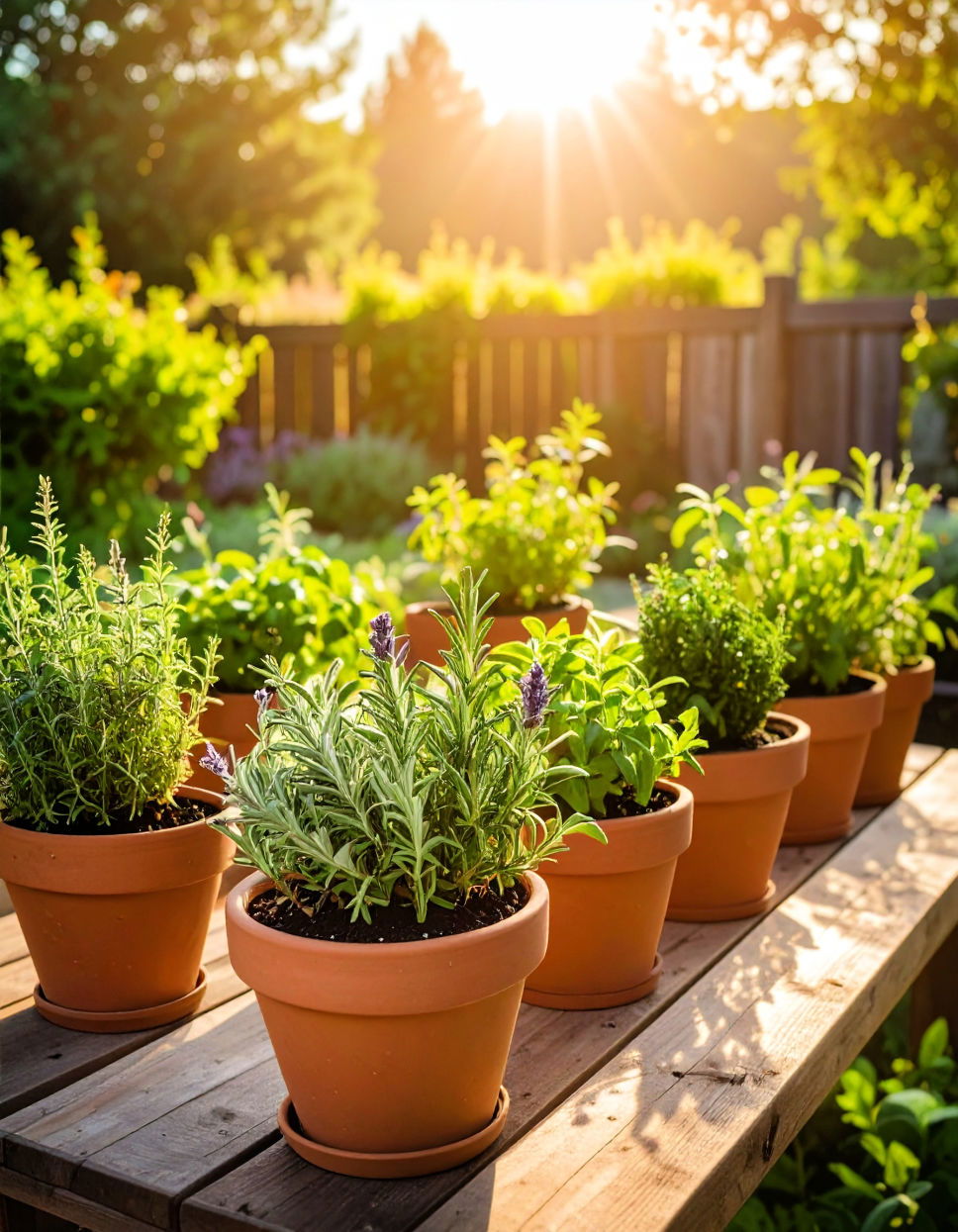
For gardeners with little time, low-maintenance herbs like thyme, sage, and rosemary are great choices. These hardy plants don’t require constant care and can withstand various weather conditions. With minimal watering and attention, you can enjoy a thriving herb garden even with a busy schedule.
19. Herb Garden with Edible Flowers
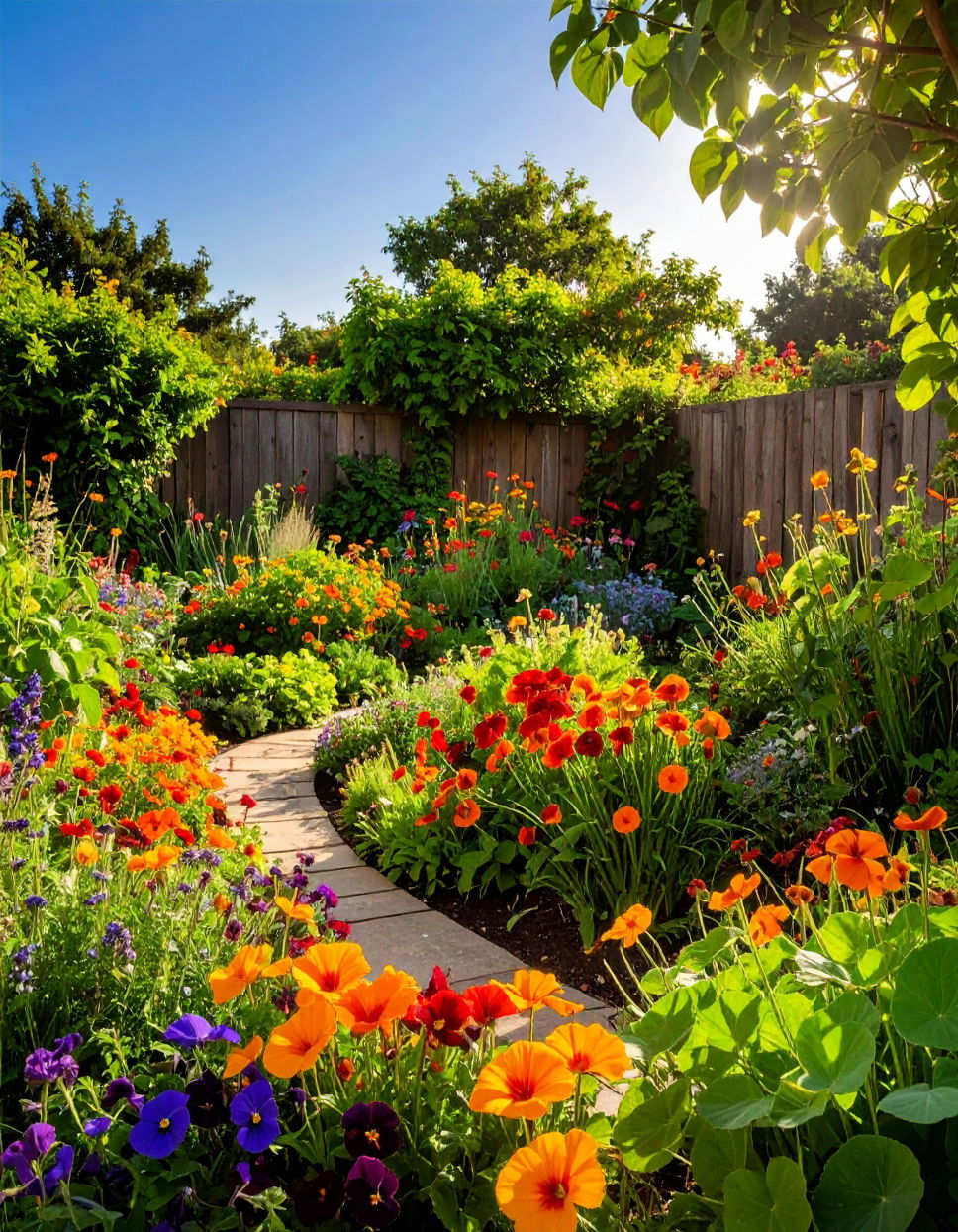
Add a touch of beauty and flavor to your herb garden by incorporating edible flowers like nasturtiums, pansies, and violets. These colorful blooms not only enhance your garden’s appearance but can also be used to garnish dishes or added to salads. Combining herbs with edible flowers creates a visually stunning and useful garden.
20. Herb Garden for Flavorful Cooking
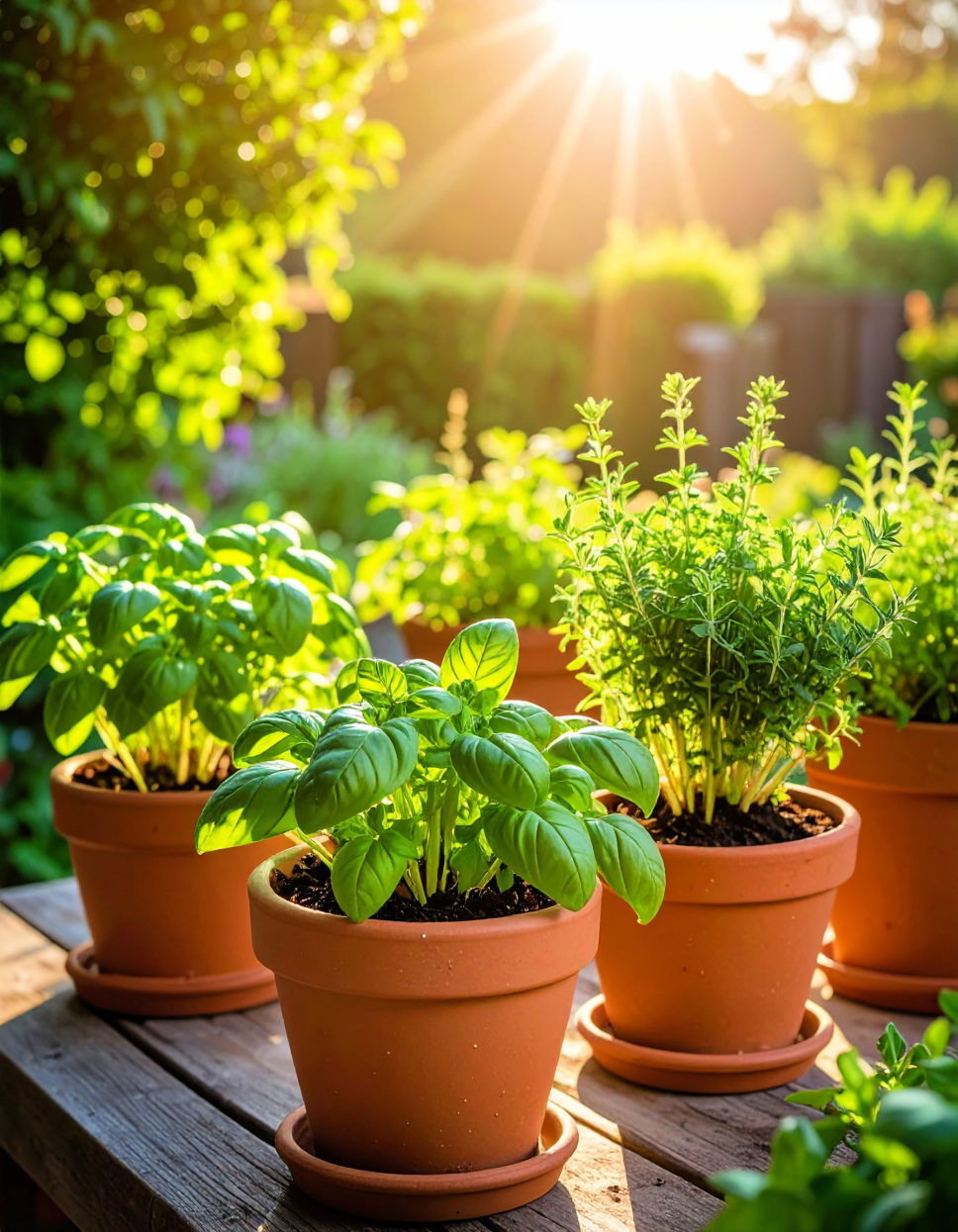
If you love to cook, an herb garden focused on flavor-enhancing herbs is a must. Consider growing classics like basil, oregano, and cilantro, which are staples in many recipes. These fresh herbs can instantly elevate any dish, from pasta and salads to soups and stews, making your meals more vibrant and delicious.
21. Herb Garden for Natural Pest Control
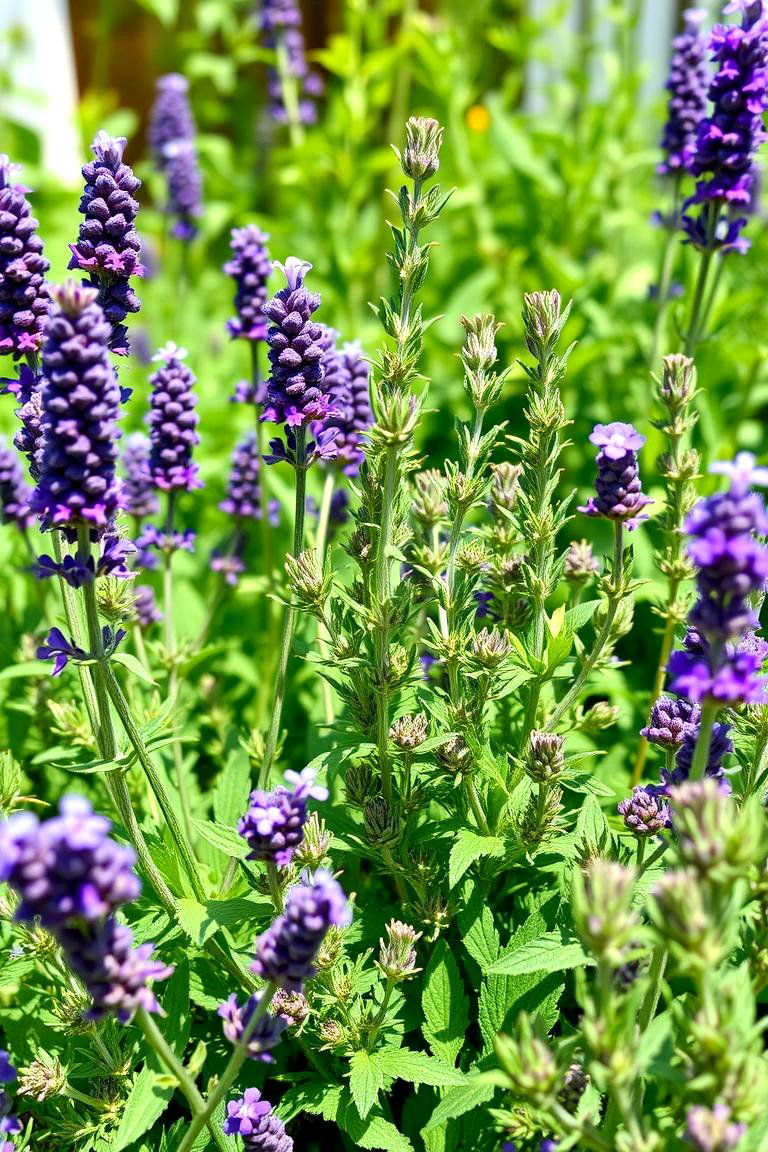
Certain herbs, such as lavender, rosemary, and thyme, are known to naturally repel pests. By incorporating these herbs into your garden, you can help keep bugs like mosquitoes and aphids at bay without the use of harsh chemicals. A pest-repelling herb garden helps create a healthier environment for both your plants and the local wildlife.
22. Herb Garden for Aromatherapy
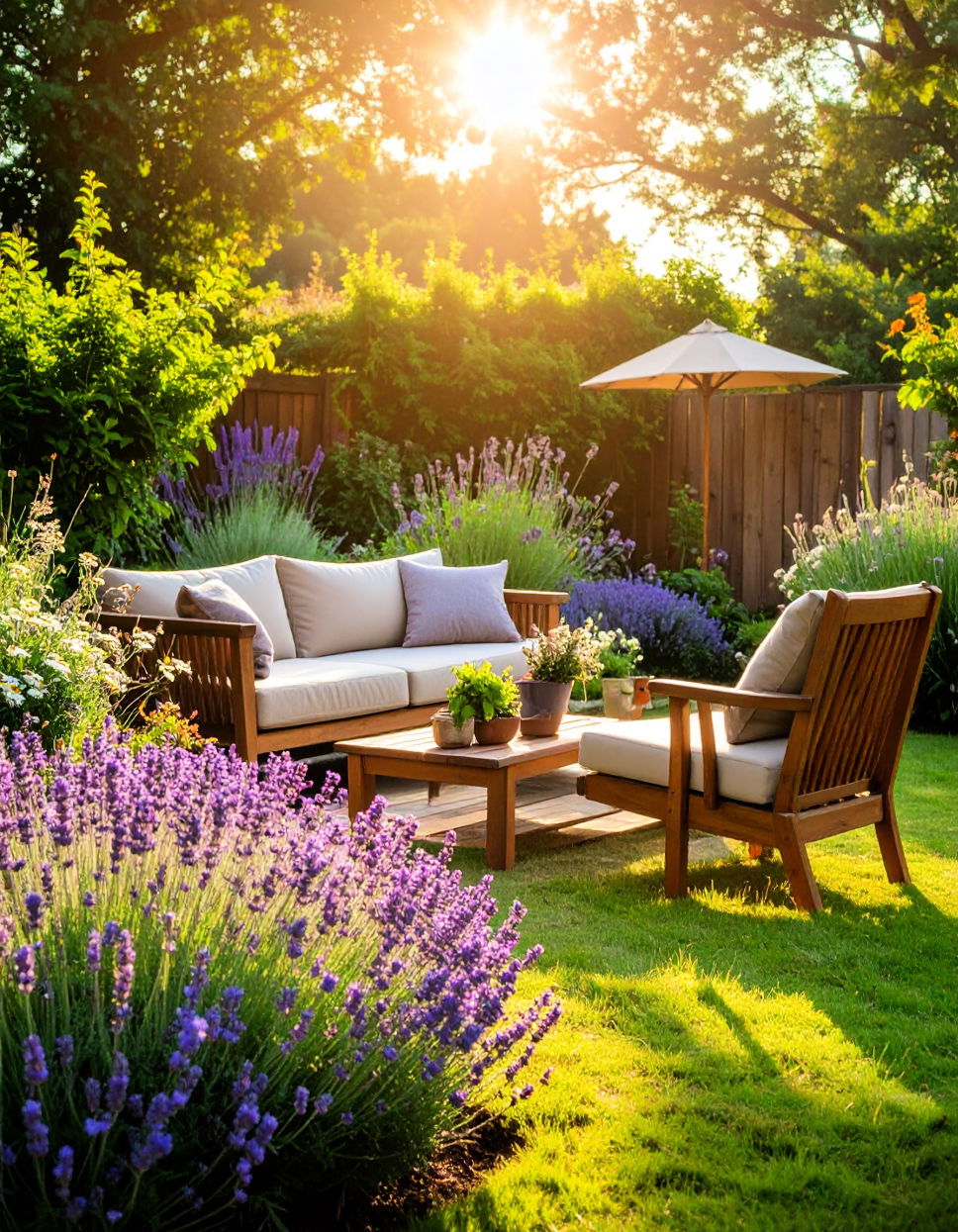
Aromatic herbs like lavender, peppermint, and chamomile are perfect for creating an herb garden focused on relaxation and aromatherapy. Planting these herbs near a seating area or in a sunlit corner of your garden offers a natural way to unwind. You can also use them in homemade essential oils or herbal infusions for an added sense of calm.
23. Herb Garden with Native Plants
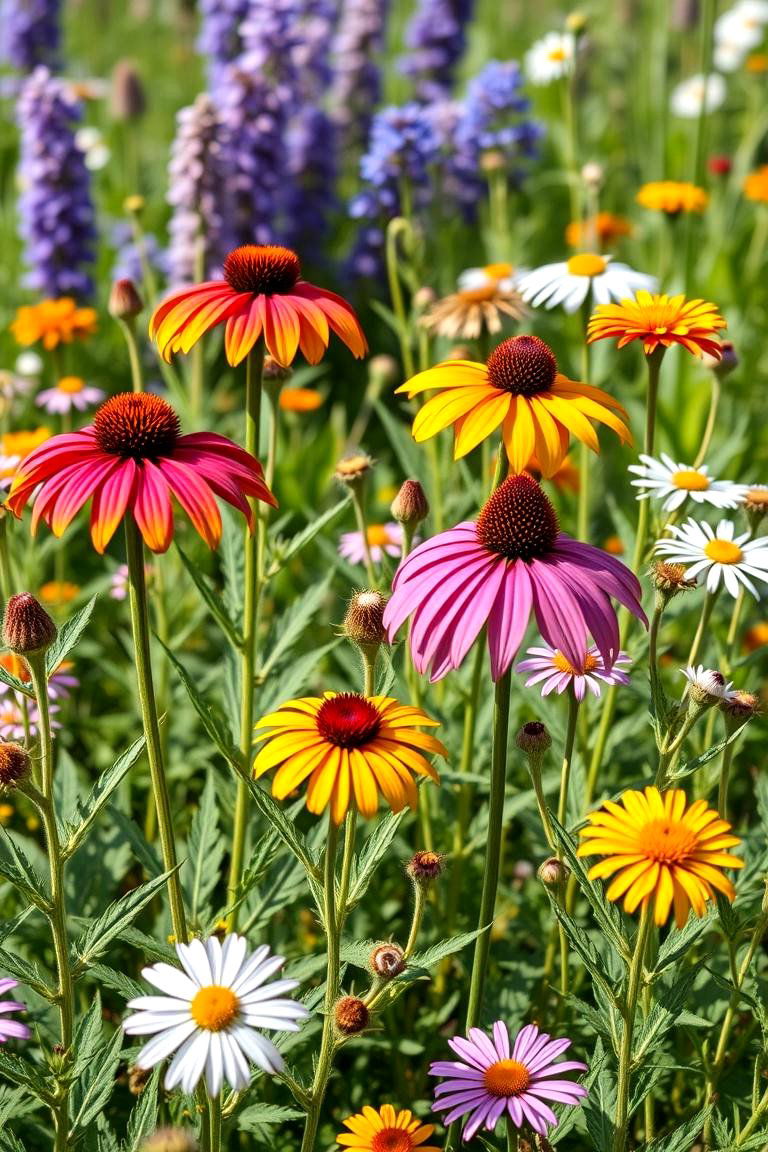
A herb garden filled with native plants not only supports local wildlife but also thrives with minimal effort. Native herbs such as echinacea, coneflower, and yarrow are well-suited to your area’s climate and require less water and care. By choosing native plants, you’ll create a garden that’s sustainable and in harmony with the surrounding environment.
24. Herb Garden for Beginners
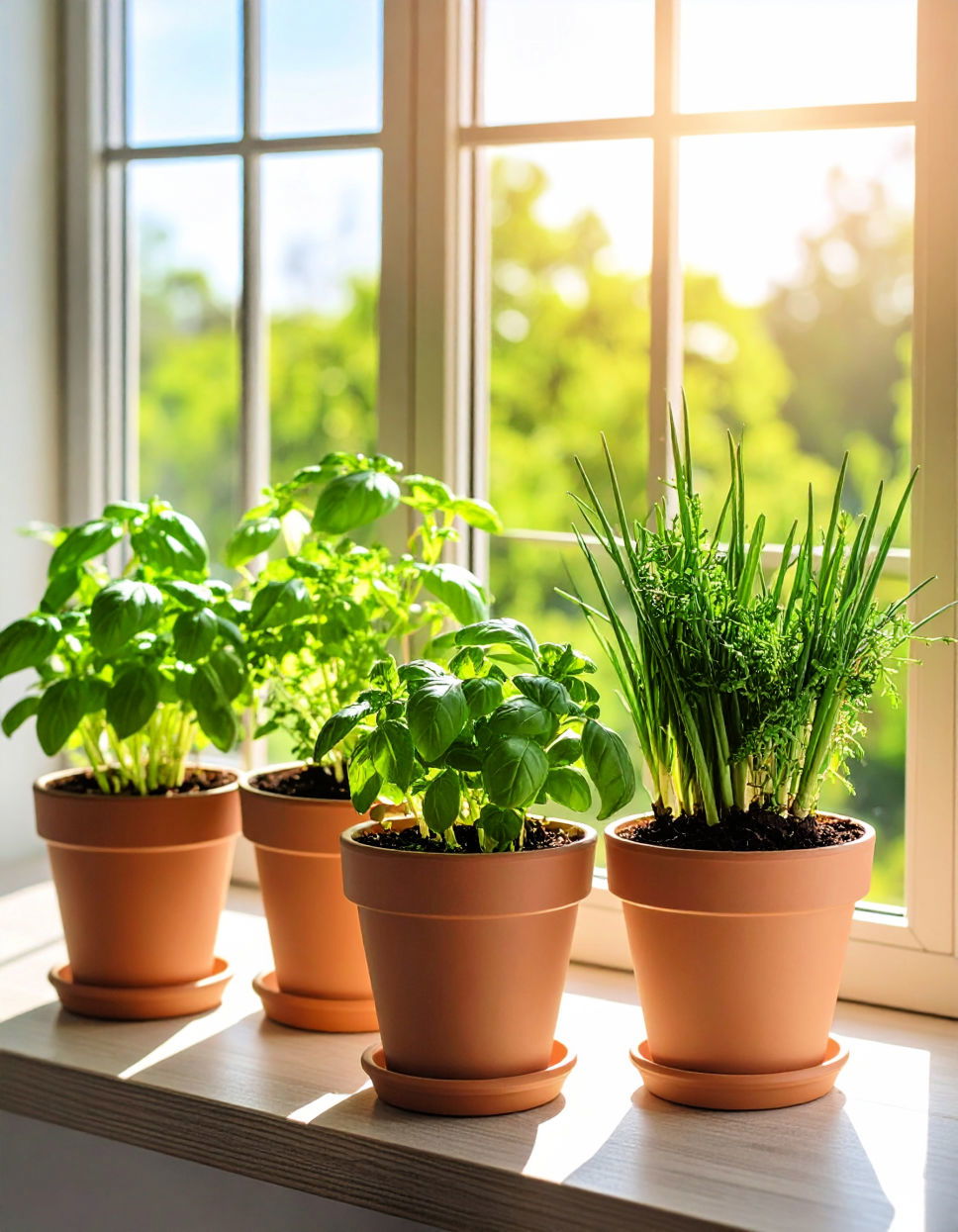
If you’re new to gardening, starting with easy-to-grow herbs like basil, parsley, and chives is a great way to get started. These herbs are forgiving and can be grown both indoors and outdoors, making them a perfect choice for beginners. With a little attention, you’ll quickly gain confidence and enjoy the rewards of your efforts.
25. Herb Garden with Seasonal Rotation

Creating a herb garden with seasonal rotation ensures a continuous supply of fresh herbs throughout the year. By planting cool-season herbs like cilantro and parsley in the spring and switching to heat-loving herbs like basil and oregano in the summer, you can keep your garden productive all year round. This approach also helps avoid the burnout of overplanting.
Conclusion:
A herb garden can transform your space and cooking routine, providing fresh, flavorful ingredients right at your fingertips. Whether you're growing indoors or outdoors, in pots or raised beds, there’s a herb garden idea that suits your needs and space. By experimenting with different types of herbs and garden designs, you can create a thriving garden that not only benefits your meals but also your overall well-being. From beginners to seasoned gardeners, the joy of cultivating your own herbs offers endless possibilities.



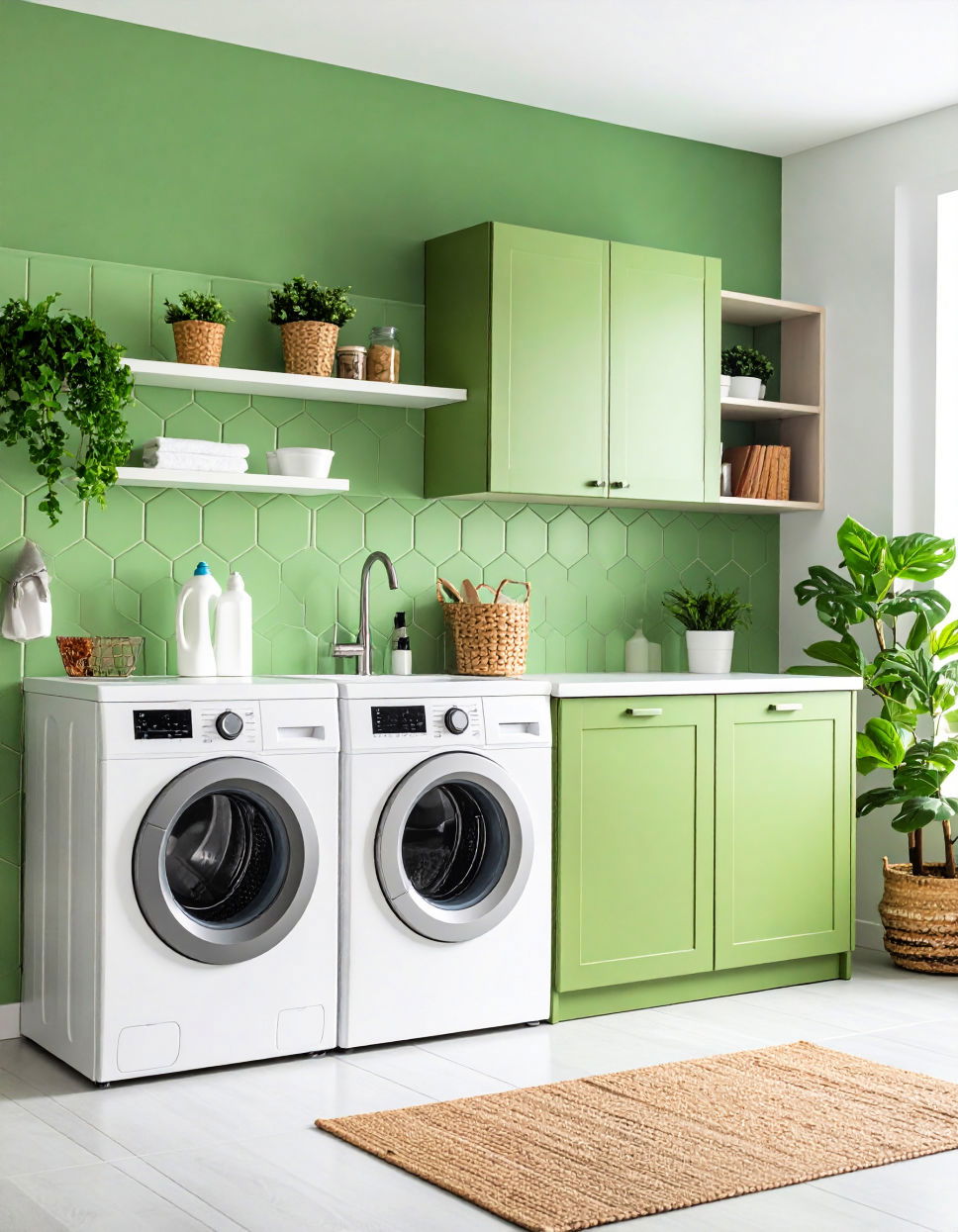



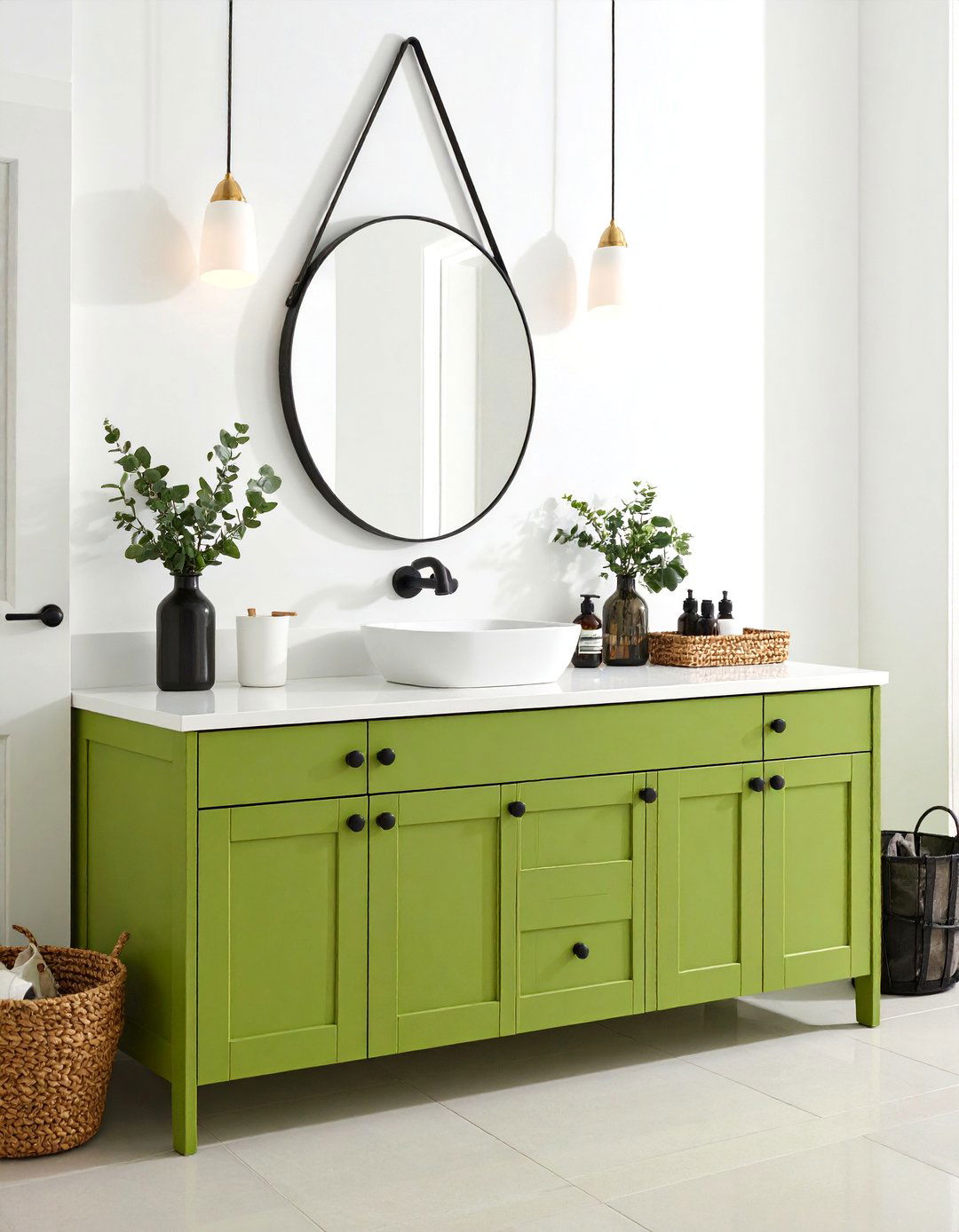
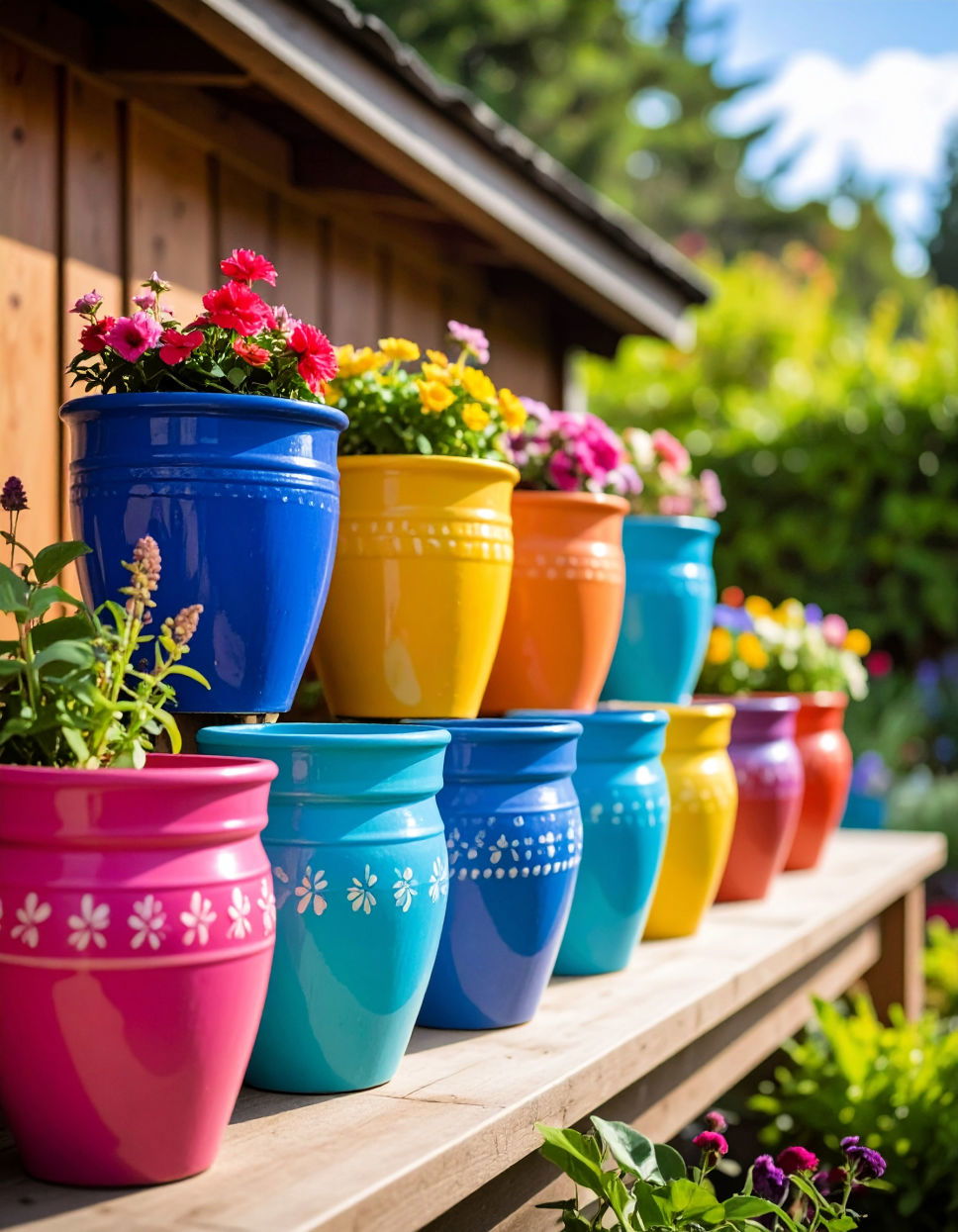
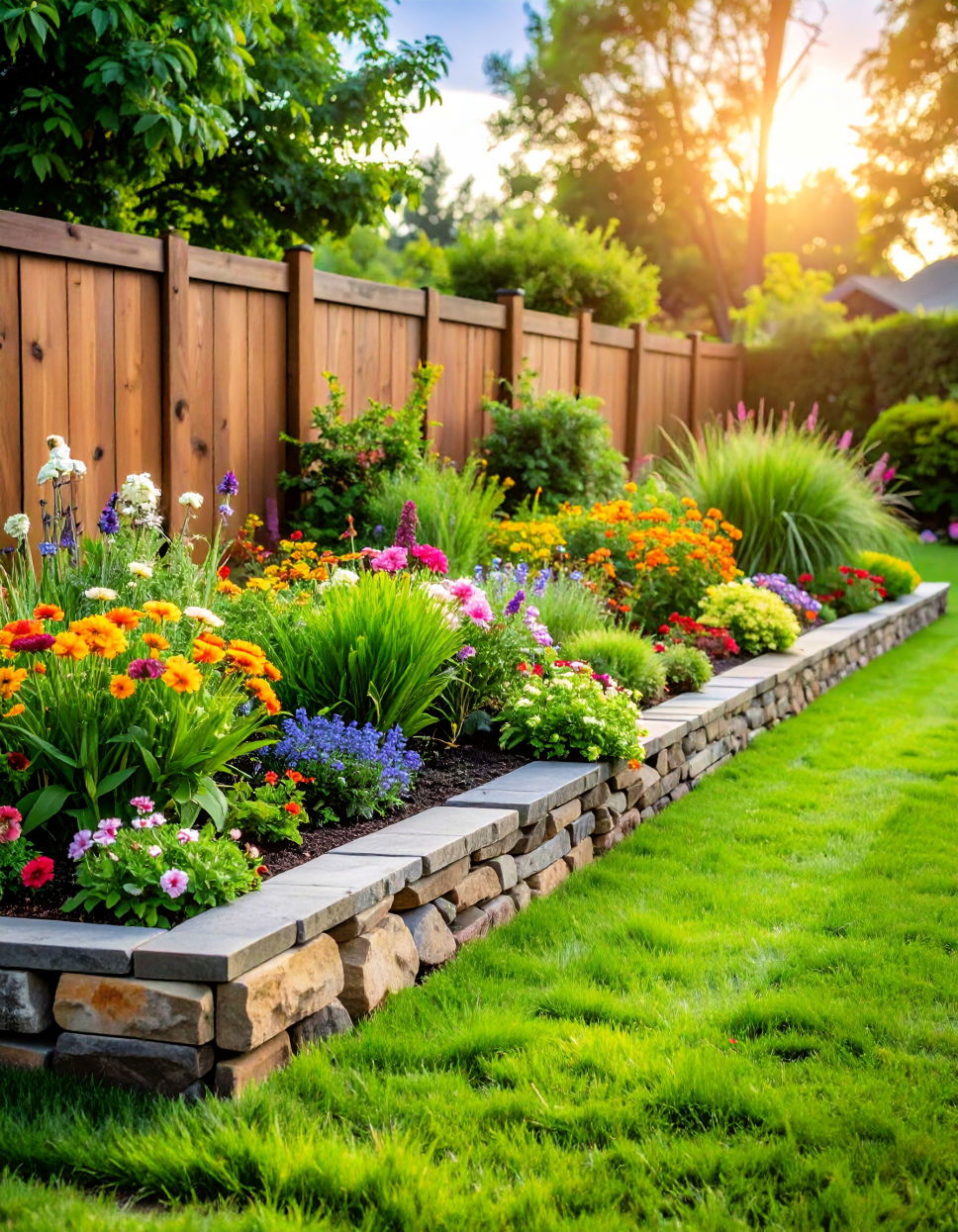
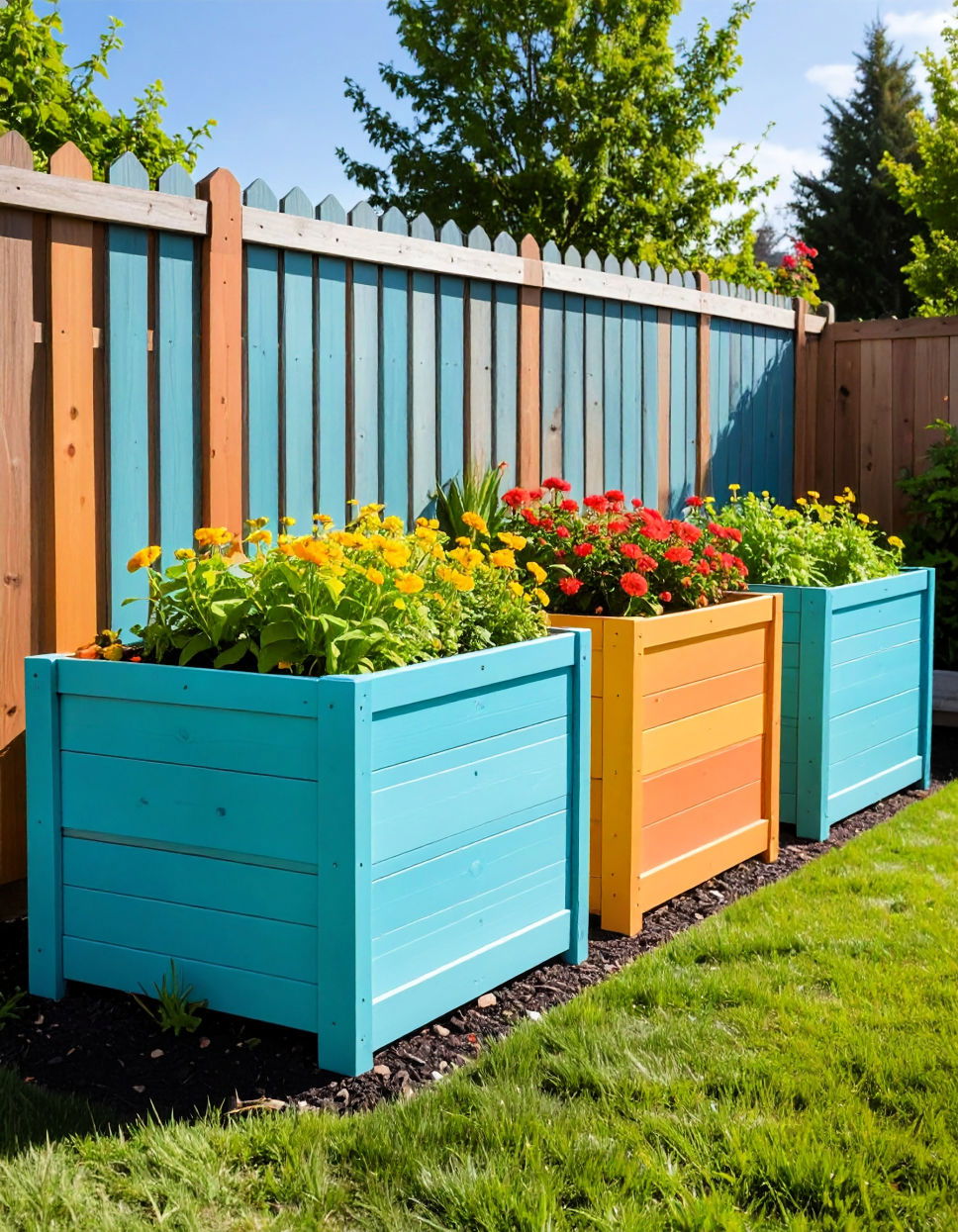
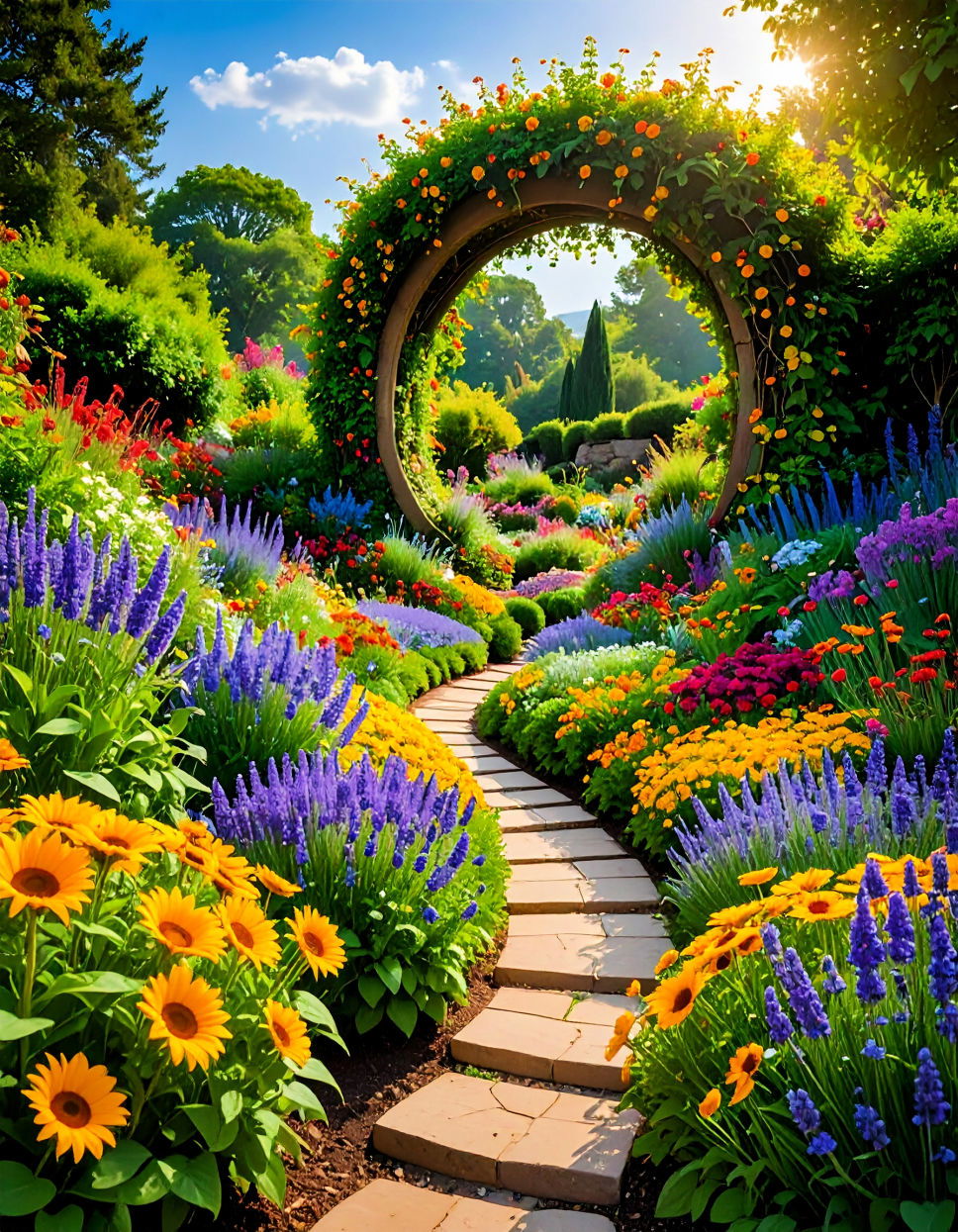



Leave a Reply